My wife Rachel and I recently returned from our honeymoon in South America. Although I’d had visions of a luxurious trip to the French Riveria or the South Pacific, Rachel persuaded me with her enthusiasm for the prospect of hiking the Inca Trail and visiting the famous Inca archaeological site of Machu Picchu.

Inca Trail Planning
Trip planning began in the fall of 2014, with the trip built around the four-day Inca Trail hike. Rachel did some research on companies offering Inca Trail treks and settled on Peru Treks. This company came highly rated as a trekking company and emphasized fair treatment of its support personnel (primarily porters).
To limit the deleterious effects of heavy use on the historic trail, the Peruvian government allows only a limited number of permits for the trail. These permits can only be purchased by accredited companies. Although 500 permits per day are authorized, this figure also includes support personnel (typically quoted as three porters, cooks, and guides for every two trekkers). High demand meant that we had to reserve well in advance. My understanding was that the Inca Trail was most pleasant during the dry season (winter in the Southern Hemisphere) and we booked our trek for mid-August 2015.
We booked with Peru Treks and paid our deposit in December 2014, though we didn’t have definite confirmation that the trek would be going forward until permits for August went on sale. I held off booking non-refundable aspects of the trip (aside from booking the airfare) until February 2015 when Peru Treks confirmed they had purchased our permits.
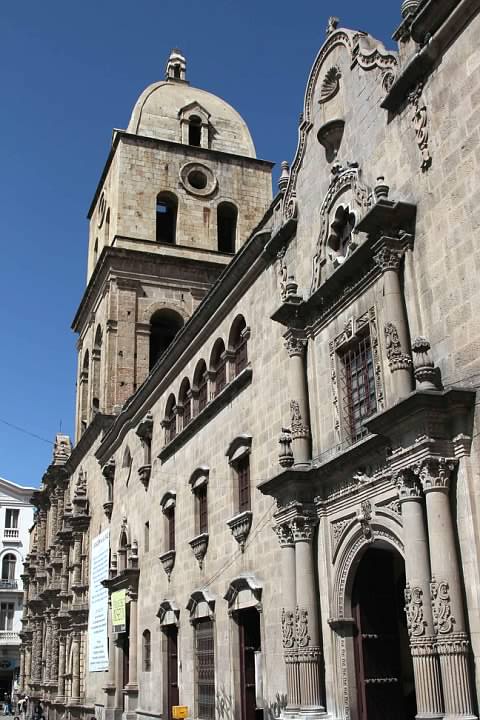
Trip Layout
Rachel doesn’t like trip planning, so aside from the Inca Trail, I essentially had free reign to plan the trip. I decided to place the Inca Trail at the end of the trip to give us time to acclimate to the altitude (and give us something to look forward to!). After learning of the beauty of Lake Titicaca, South America’s largest lake, I decided to incorporate that into the itinerary. Lake Titicaca is shared between Peru and Bolivia, with Bolivia’s city of Copacabana and Isla del Sol being particularly attractive. I prefer open jaw trips anyway, to maximize the places we can visit without backtracking.
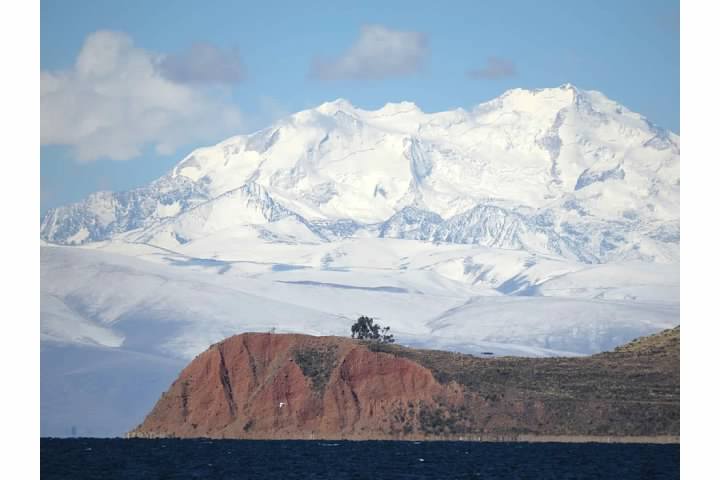
By December 2014, I’d settled on the basic outline of the trip:
- Fly into La Paz, Bolivia
- Three days in La Paz with no formal itinerary other than a day trip to Valle de la Luna, with most of the time devoted to adjusting to the altitude
- Three days at Lake Titicaca (Copacabana, Bolivia and Puno, Peru)
- A day and two nights in Cusco, Peru as required by Peru Treks
- Four days on the Inca Trail, with Machu Picchu reached on the final day
- Part of a day in Lima, Peru before returning home that night
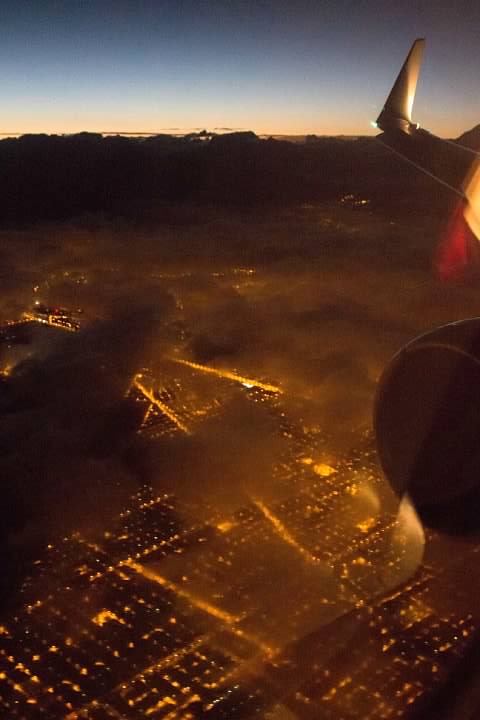
Flights
We were lucky that we were in a position to pounce on favorable airfares for August 2015 that were available in December 2014. I was pleased to see good prices on open jaw itineraries on American Airlines for Washington National to La Paz via Miami and back from Lima (also via Miami). Domestic first class/international business class was $1,096/person compared with coach at about $850/person. This was another case where the vagaries of airfare pricing elude me, but they benefited us in this case since the same itinerary in premium cabin roundtrip to Lima (instead of open jaw with La Paz and Lima) was pricing at $500 more per person.
I was aware that the “angled lie flat” seats on the Boeing 757 and 767 aircraft American was using on the routes between Miami and Bolivia/Peru didn’t offer quite as nice a product as some of the more modern aircraft going elsewhere in Latin America, Europe and Asia. Still, it was well worth the extra $250 (as a honeymoon splurge if nothing else!) to have the more comfortable seat, meals, lounge access, and the frequent flier mile bonuses that American offered in 2015 for premium cabin flights. We booked in December; the price for our flights actually dipped slightly in January to $1000 roundtrip but had doubled by spring.
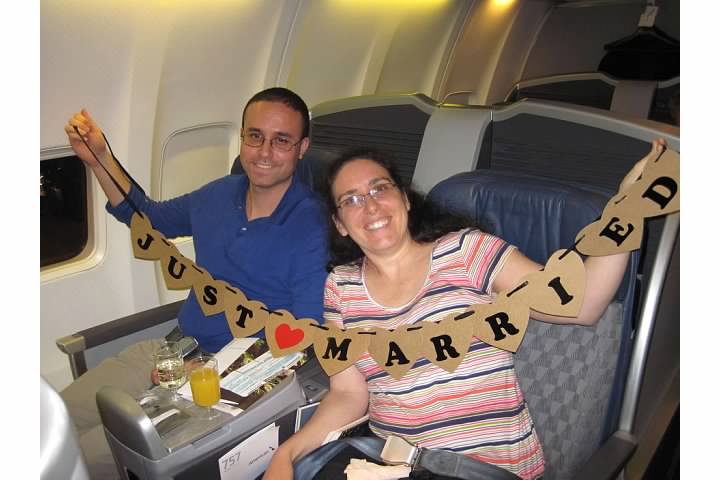
I followed the advice of the travel blogs to check the seat assignments every so often and it was a good thing I did. American didn’t send any notice, but sometime during spring or early summer, the equipment on the Lima to Miami Boeing 767 segment changed to a more modern interior. The arrangement with 2-2-2 angled lie flat seats was replaced with a more comfortable 1-2-1 flat bed seats. We were automatically moved to the back row across the aisle, but I was able to move us to the middle section so we could sit together.
I booked a flight separately on LAN for a Cusco to Lima segment (adding it to the existing American Airlines itinerary caused the price of the itinerary to double even though the flight was $180 purchased separately). Since the flight to Lima was the same day as our departure back to the United States, I allowed a ten hour layover in Lima. That would give us time to visit downtown for a few hours while also protecting us in case of all but the longest delays. I figured that even if our flight was cancelled, we’d be in good shape since LAN flies hourly or more between Cusco and Lima.
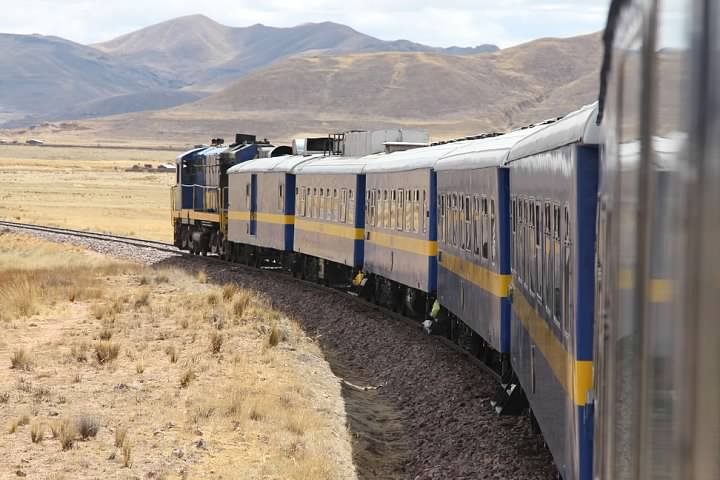
Ground Transportation
The trip had three main ground segments:
- La Paz, Bolivia to Copacabana, Bolivia
- Copacabana, Bolivia to Puno, Peru
- Puno, Peru to Cusco, Peru.
The last one was easy to plan, because I’d heard about PeruRail’s Andean Explorer train. We were fortunate in that northbound itineraries like ours seem to be less popular and they were cheaper as a result. Our tickets cost $169 booked online.
The first two segments were most easily traveled by bus, with several companies servicing each route. I booked the La Paz to Copacabana segment in advance on Vicuña via Kanoo tours online for $7/person. Once in Copacabana we booked the Copacabana to Puno segment with the Titicaca company (which was the only company offering morning departures) for 30 Bolivianos/person ($4.35).
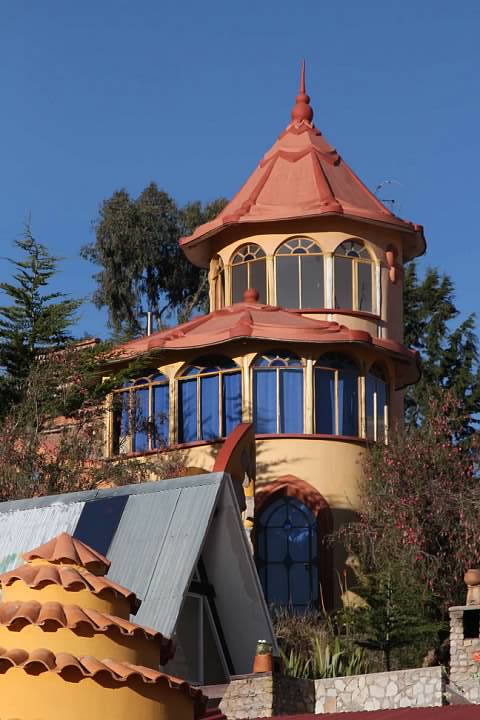
Hotels
As I usually do, I employed TripAdvisor to find hotels with the best balance of reviews, location, and price. Fortunately it’s easy to get a great hotel for relatively little money in Bolivia and Peru. We were very happy with all of our hotel choices during the trip:
- Stannum Boutique Hotel, La Paz (three nights, $127/night)
- Hostal las Olas, Copacabana (two nights, $54/night)
- Tierra Viva Puno Plaza, Puno (one night, $70/night)
- Hotel Rumi Punku, Cusco (three nights, $130/night)
Hostal las Olas deserves special mention as the crown jewel of our honeymoon accommodations. It’s a hostel only in terms of lack of central heat and toiletries. $54 a night got us our own three-story tower suite, with three beds, a kitchen, wood-burning stove, and cupola with a hammock and a view of Lake Titicaca.
Series on Bolivia
Obtaining a Bolivian Tourist Visa
Planning a Trip to Bolivia and Peru (introduction)
La Paz, Bolivia: Basílica de San Francisco
Mi Teleférico: La Paz, Bolivia’s Aerial Cable Car Network
Stuck in the Snow en Route to Chacaltaya, Bolivia
Valley of the Moon (Valle de la Luna), Bolivia
Across the Altiplano to Lake Titicaca: La Paz to Copacabana, Bolivia by Bus
Introduction to Copacabana, Bolivia
Ascending Cerro El Calvario (Calvary Hill) in Copacabana, Bolivia
Copacabana to Isla del Sol (Island of the Sun) by Boat
Hiking from Challapampa to the Sanctuary on Isla del Sol
The Sanctuary on Isla del Sol, Part I: The Sacred Rock, Titikala
The Sanctuary on Isla del Sol, Part II: Chincana and Nearby Sites
Hiking from the Sacred Rock to Yumani on Isla del Sol, Bolivia
Scenic Tour of Lake Titicaca: Copacabana, Bolivia to Puno, Peru by Bus
Series on the Inca Trail (Camino Inka)
Planning a Trip to Bolivia and Peru (background)
Introduction (Cusco to Ollantaytambo by Bus)
Day One (Piscacucho to Wayllabamba)
12 km (7.5 mi) distance, +300 m (984 ft) elevation
Day Two (Wayllabamba to Pacamayo)
11 km (6.8 mi) distance, +1,200 m (3,937 ft)/-600 m (1,969 ft) elevation
Day Three (Part I, Pacamayo to Qunchamarka AND Part II, Chaquicocha to Wiñay Wayna)
15 km (9.3 mi) distance, +350 m (1,148 ft)/-1,300 m (4,265 ft) elevation
Day Four (Wiñay Wayna to Machu Picchu)
5 km (3.1 mi) distance, +40 m (131 ft)/-265 m (869 ft) elevation
Inca Trail’s End: Machu Picchu
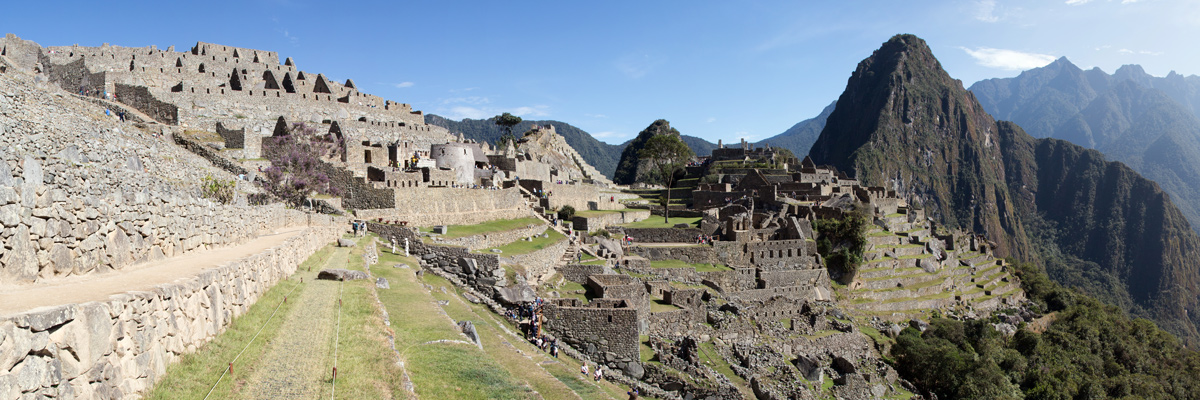
Very insightful! Planning a Central America trip for April 2016, with both Bolivia and Peru!
LikeLike
[…] do a lot beyond Cusco and the Inca Trail and it was so totally worth it!! I want to mention here a great-looking itinerary including some time in Bolivia with some time in Bolivia and a lot of info on details (flights, […]
LikeLike